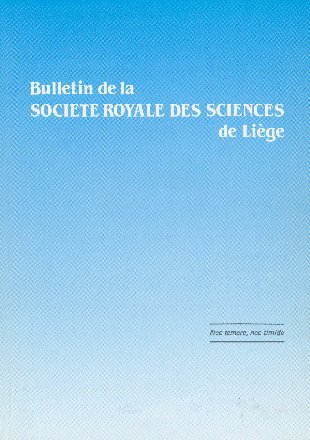- Portada
- Volume 92 - Année 2023
- Numéro 2 - Proceedings of the 10th Meeting on Hot ...
- The search for transiting planets around hot subdwarfs
Vista(s): 1087 (15 ULiège)
Descargar(s): 80 (1 ULiège)
The search for transiting planets around hot subdwarfs

Documento adjunto(s)
Version PDF originaleAbstract
The main goal of this project is to investigate star-planet interactions during the Red Giant Branch (RGB) phase. In particular, we focus on what happens to planetary systems once their host stars leave the main sequence and engulf close-in planets, presumably, perturbing the dy-namical architecture of the system. In this context, we wonder if close-in planets may survive this evolutionary phase, evolving towards a new stable configuration, or on the contrary, if these planets are destroyed and the entire system collapses. Whatever the outcome, how will this interaction alter the star and affect its subsequent evolution? Here, we search for observational evidence of transiting planets orbiting hot subdwarfs (sdBs) stars, which are direct post-RGB objects that have lost most of their envelopes. To this end, we analyze light curves from the space missions Kepler/K2, TESS, and CHEOPS to search for shallow periodic transits of close-in, previously engulfed planets or their remnants, such as the rocky cores of giant gas planets. By determining the occurrence of planets or remnants around sdB stars, we will place strong constraints on the evolution of planetary systems after the RGB phase of their host stars.
This summary describes the methods, tools, and strategies used to explore the available photometric data in the search for transiting planets and establish detection limits that allow us to build planet occurrence rates around these stars.






